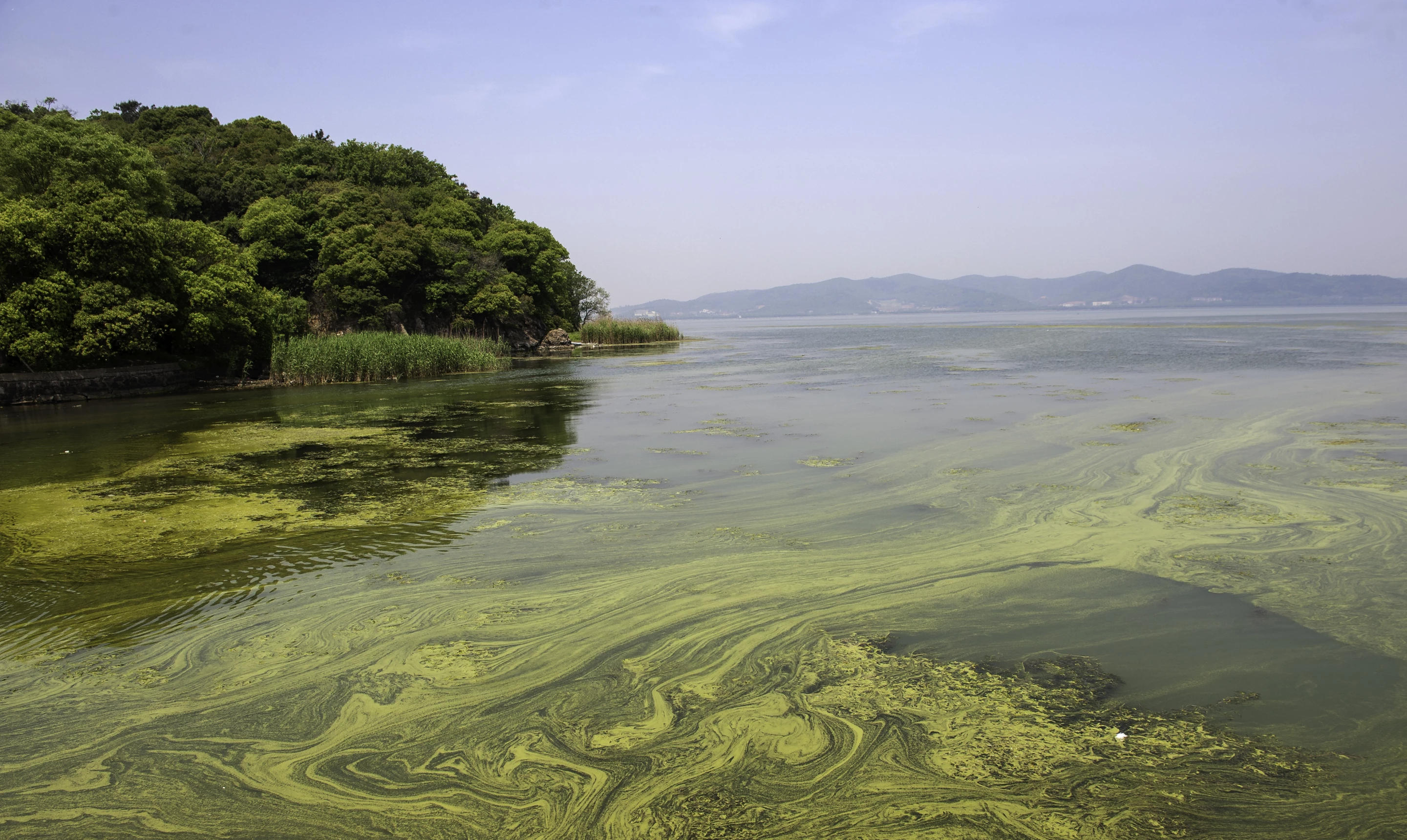If someone is showing symptoms that may be caused by a toxic algae bloom, it's important to know ASAP if that is indeed the culprit. A new urine test could soon help in doing so.
The cyanobacteria that are overabundant during algae blooms produce toxic peptides (short chains of amino acids). Two of the most common of these are known as microcystins and nodularin. They enter the waterways, where they can be consumed or inhaled by both wildlife and people.
In the case of humans, some of the resulting symptoms can include gastroenteritis, nausea, allergic reactions and skin rashes – in extreme cases, injuries to and hemorrhaging of the liver may also occur.
Working with colleagues from the United States Centers for Disease Control and Prevention, scientists at Florida Atlantic University (FAU) recently assessed a system that rapidly detects microcystins and nodularin in human urine. Called an immunocapture protein phosphatase inhibition assay (IC-PPIA), the technology utilizes an existing commercially-available antibody to isolate the two target peptides from urine, so that their levels can subsequently be measured.
The system was recently used to analyze 86 urine samples gathered during a 2018 algae bloom, from residents of Florida's St. Lucie, Indian River, Palm Beach and Martin counties. When all was said and done, it had accurately detected low levels of the toxins in samples from the three people who were already known to have been exposed to the peptides.
"This new test can detect even low-dose human exposure to microcystins and nodularin, so this method will be important as we study the long-term health impacts of harmful algal blooms, especially the low-level concentrations from human inhalation exposure," says Adam Schaefer, an FAU epidemiologist involved in the study. "This method could complement water monitoring programs by identifying human exposures to these toxins at the time of harmful algal blooms and will assist our ongoing research to elucidating health effects associated with these algal blooms."
A paper on the research was recently published in the journal Toxins.
Source: Florida Atlantic University




